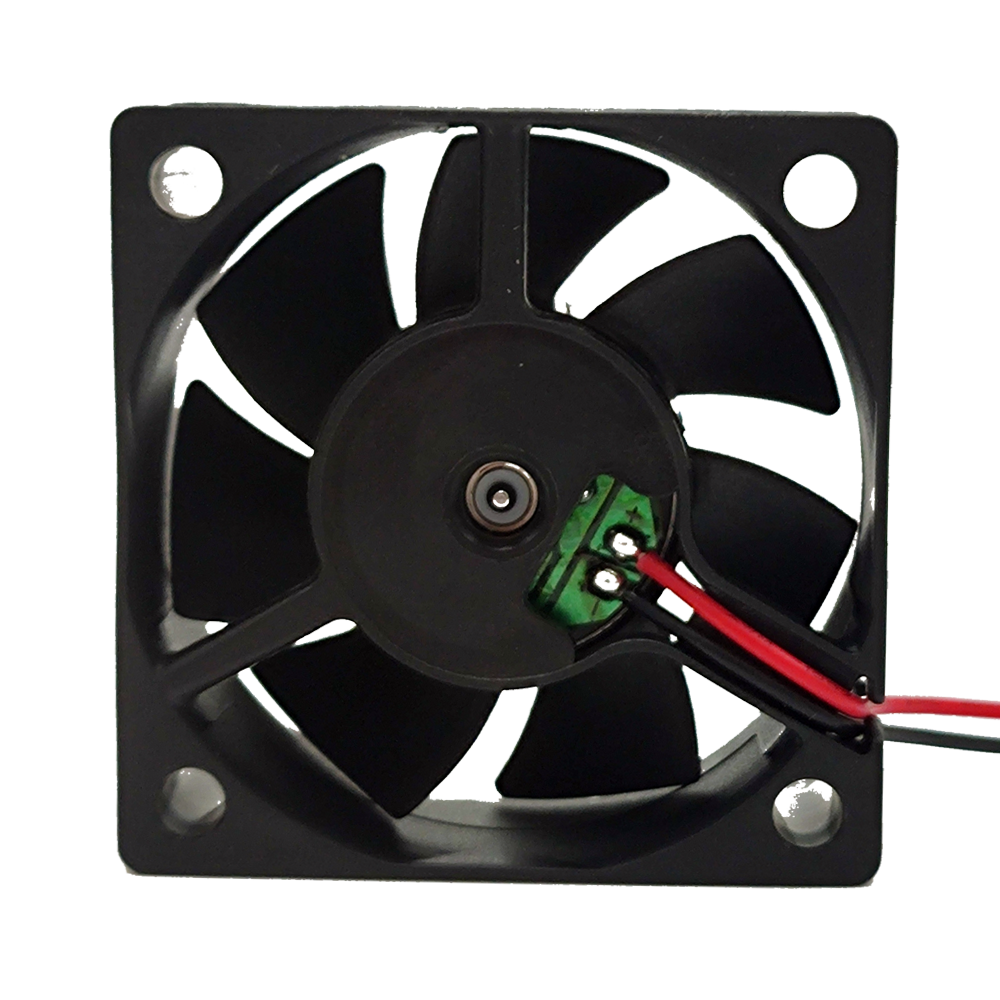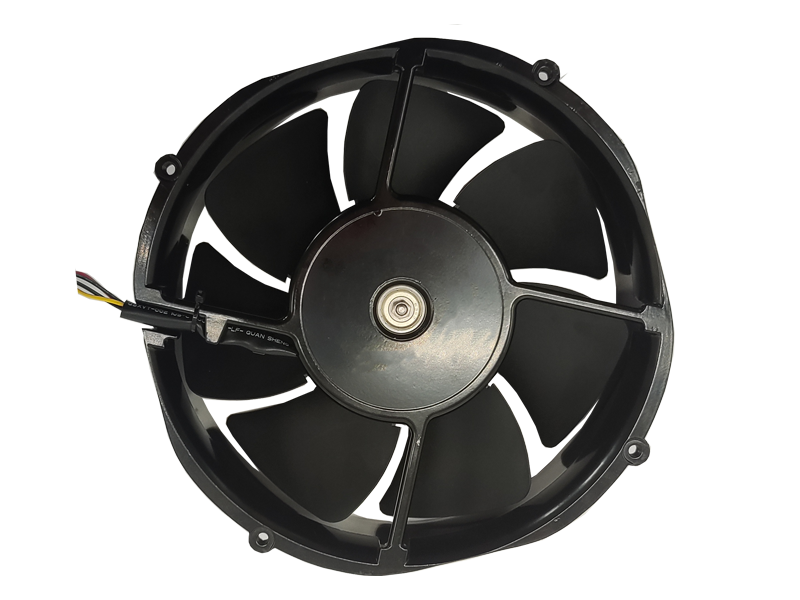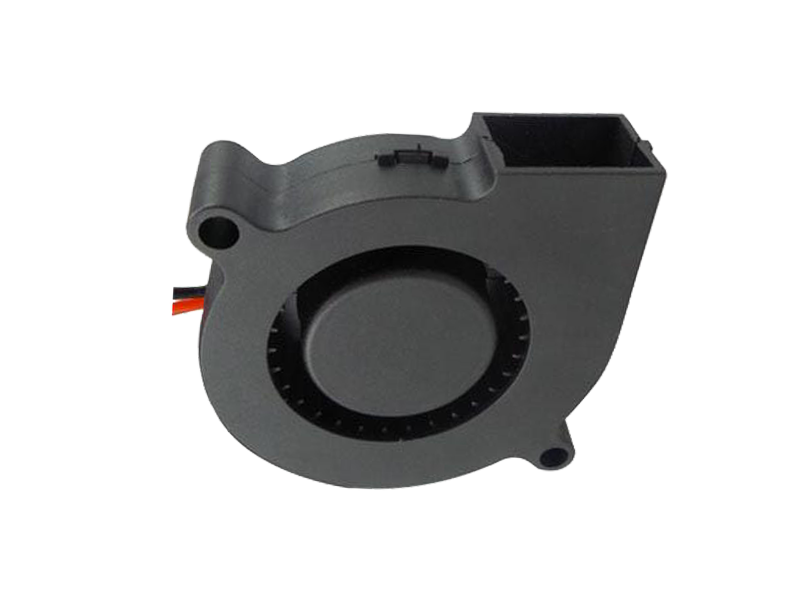Introduction: The Environmental Imperative for Industrial Fan Innovation
The industrial sector accounts for 36% of global CO₂ emissions, with HVAC systems contributing 40% of factory energy consumption. As corporations face mounting pressure to achieve net-zero targets, industrial fan manufacturers confront a dual challenge: maintaining performance standards while drastically reducing environmental impact. This article examines how product design strategies are aligning with circular economy principles to create sustainable industrial fan solutions.
I. Material Innovation for Eco-Conscious Manufacturing
Recycled Composite Blades
Using post-consumer PET and carbon fiber waste, GE's Ecomagination™ fan blades achieve 92% material efficiency. Life cycle assessment shows 58% lower embodied carbon compared to virgin aluminum blades.
Biodegradable Structural Components
Flax fiber-reinforced polypropylene composites, developed by Ziehl-Abegg, reduce component weight by 35% while maintaining structural integrity. These materials decompose in industrial composting facilities within 18 months.
Conflict-Free Mineral Sourcing
Howden's supply chain transparency initiative ensures 100% of rare earth metals come from certified ethical sources. This reduces geopolitical risks while supporting community development in mining regions.
II. Energy Efficiency Breakthroughs
Variable Frequency Drive (VFD) Optimization
New generation VFDs from Danfoss achieve 99.3% conversion efficiency. When paired with AI-driven load prediction algorithms, energy savings reach 47% in variable demand environments.
Waste Heat Recovery Systems
Atlantis' Thermogenic™ fans recover 68% of exhaust heat through embedded heat exchangers. In a cement plant trial, this provided 23% of process heating needs, cutting natural gas consumption by 14,000 MJ/day.
Solar-Powered Auxiliary Systems
Integrated photovoltaic films on fan housings, developed by ebm-papst, supply 100% of control electronics power in sunlight. In hybrid installations, this reduces grid dependency by 31%.

III. Circular Economy Implementation
Product Lifetime Extension Programs
NYB's ReNew™ service refurbishes end-of-life fans to "like-new" condition at 65% the cost of new equipment. Through modular design, 94% of components are reusable or recyclable.
Chemical-Free Cleaning Systems
Dry ice blasting technology from Solstice Air eliminates solvent use in fan maintenance. At a pharmaceutical plant, this reduced hazardous waste generation by 8.2 tons annually.
Carbon Capture Integration
Collaborating with CarbonCure, Twin City Fan developed a system that injects CO₂ into concrete during fan housing production. Each unit sequesters 127kg of CO₂, turning fans into carbon sinks.
Conclusion: The Business Case for Sustainable Innovation
Companies adopting sustainable fan technologies report 24% higher ESG ratings and 19% better access to green financing. The UNEP estimates that widespread adoption of these innovations could reduce industrial sector emissions by 1.8 gigatons annually by 2030. As regulatory pressures intensify, sustainable industrial fan design is no longer optional—it's a strategic imperative for long-term viability.
Recommended Products

The main purpose:Car charging station

The main purpose:Car charging station

The main purpose:Electronic refrigerators, water dispensers, direct drinking machines, inverter power supplies
Address:No. 4137, Longgang Avenue (Henggang Section), Henggang Community, Henggang Street, Longgang District, Shenzhen
hotline:13530005572(Chen)15112579390(Li)


Welcome all friends to come for consultation and negotiation.
Copyright 2024 @ Shenzhen Youneng Xinyuan Electronics Co., Ltd.,(industrial fans,industrial blowers,axial fans,cooling fans manufacturer,centrifugal fans,ac cooling fans,dc cooling fans)